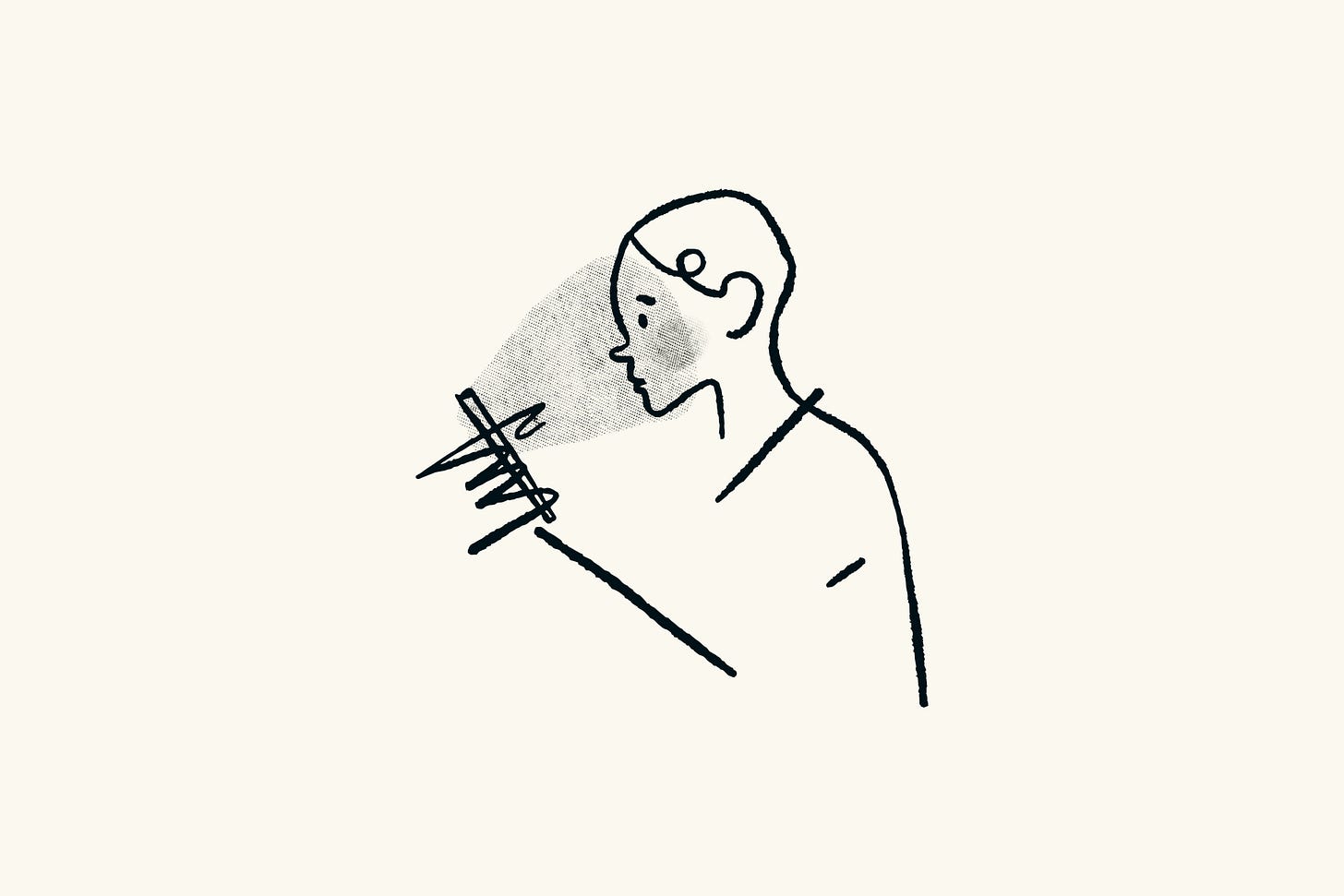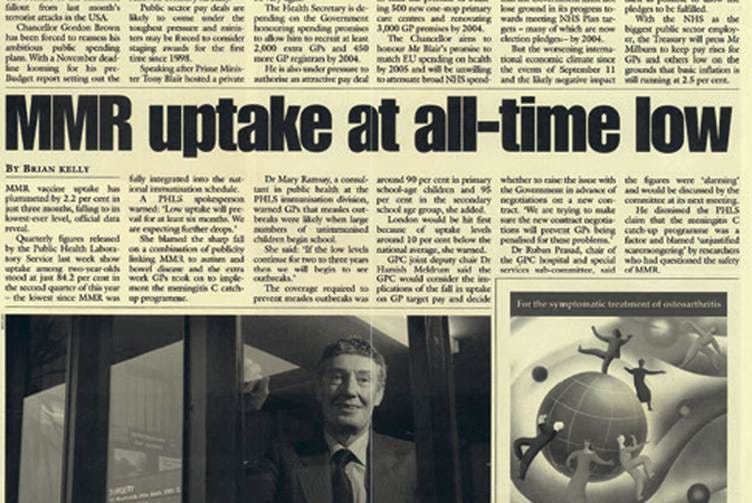I came across some interesting data this week, although it is a couple of years old. Like a lot of interesting research data, it’s from the Policy Institute at King’s College London.
The research data is all about conspiracy theories. The report leads with claimed belief in and awareness of various tin-foil hat nonsense – great replacement, the sinister forces behind 15 minute cities, covid being an international plot to get people to have vaccines, the use of ‘crisis actors’ at terrorist incidents – which has been well covered elsewhere. Most people don’t believe that stuff, a worryingly large minority claim to have some time for it.
What stuck me as interesting was a question buried a little deeper in the report, about public perceptions of belief in conspiracy theories – whether we’re more likely to believe conspiracy theories than in the past and what might be driving that. The results are in the chart below.
We have a pretty dim view of ourselves. It’s possible for us to think poorly of our collective intelligence and for that to be accurate. But although social media is full of lies, untruths, misinformation and conspiracy theories I don’t think it is making us more likely to believe in them. We were probably just as daft in the past.
Regrettably, I don’t have a UK data source that measures belief in conspiracy theories over time. The Archive of Market and Social Research – as invaluable as ever – provides one useful nugget: in 1998 20% of the British public, in their finite wisdom, believed that there was a conspiracy to kill Princess Diana the year before.
Helpfully, there is more robust US data. These data are pretty clear – conspiracy theories have existed for a long time, and a large percentage of the (American) public have always been inclined to believe one or other of them.
What these data pretty conclusively show is that belief in conspiracy theories is not a unique facet of our current era. It isn’t caused by smartphones or social media. It isn’t a function of political polarisation, or our digital information environment. It’s enduring. Since long before anyone had written agonised op-eds about unregulated social media or echo chambers, often sizeable proportions of people believed in unsubstantiated – and often sinister, highly partisan – nonsense.
What is new is our real time access to good, authoritative and reliable information. Lost in a new city and need to plan a route home? You can do that easily now. Want to check if the food you’re buying meets your dietary requirements? No problem. Your two year old has a rash and you need to know if you should be concerned? Easy. Heard a scurrilous rumour that Cass Elliott died choking on a ham sandwich? Quickly disproved, with links.
Another thing that’s new is the depth and pervasiveness of bad information. A few decades ago you’d have encountered information about something akin to the great replacement theory from a lunatic in the back of the pub – today that’s an online rabbit hole with multiple, seemingly authoritative proponents, new ‘information’ and out-group reinforcement all the time. It’s easy to get lost in that. But at the same time, conspiracy theories and misinformation captured significant minorities of the population and caused public harm before social media and widespread internet adoption – as the MMR vaccine panic of the 1990s showed.
What does this mean?
The same thing, every time: this isn’t new, and isn’t really changing. For as long as we can find evidence, people have believed in conspiracy theories. Some have argued that belief in conspiracy theories is a societal reaction to feeling out of control or to crises. Whatever the psychological motivation: believing nonsense isn’t a modern malaise, it’s just part of who we are as people.
We’re better informed than we’ve ever been. The weight of scientific knowledge has never been greater. Virtually all of us have access to more information – reliable, good, helpful information – in our pockets than ever before. We spend longer in education and learn a wider variety of subjects. We’re smarter, collectively and individually, than we’ve ever been.
Why don’t we think that’s the case? The evidence we’ve cited above is enough for me to be sure that we aren’t more likely to believe in conspiracy theories now then we were in the past. But 58% of us think we are more likely to believe in them and 74% think social media is driving belief. Why don’t we recognise the reality?
My guess is that it has something to do with the data below. Along with hundreds of other questions, we’re continuously monitoring two things in our monthly data:
Whether or not people think life is better today than it was 50 years ago
Whether or not people think life will be better in 20 years than it is today
Plotting the answers to these two questions gives us several groups, but most people fall into one of two. Either we think that life today is worse than in the past and is going to continue to get worse, or we think that life is better and is going to continue to get better.
The light is not winning. For several years now the proportion in the ‘worse and worse’ camp has outnumbered those in the better and better camp. It’s not even really close.
Believing in decline might make us more likely to believe in things that aren’t true. Maybe it makes us susceptible to conspiracy theories. But on this evidence, all it seems to do is make us think that other people are more susceptible to conspiracy theories than they were in the past.
But the truth is, we’ve always believed any old nonsense.



